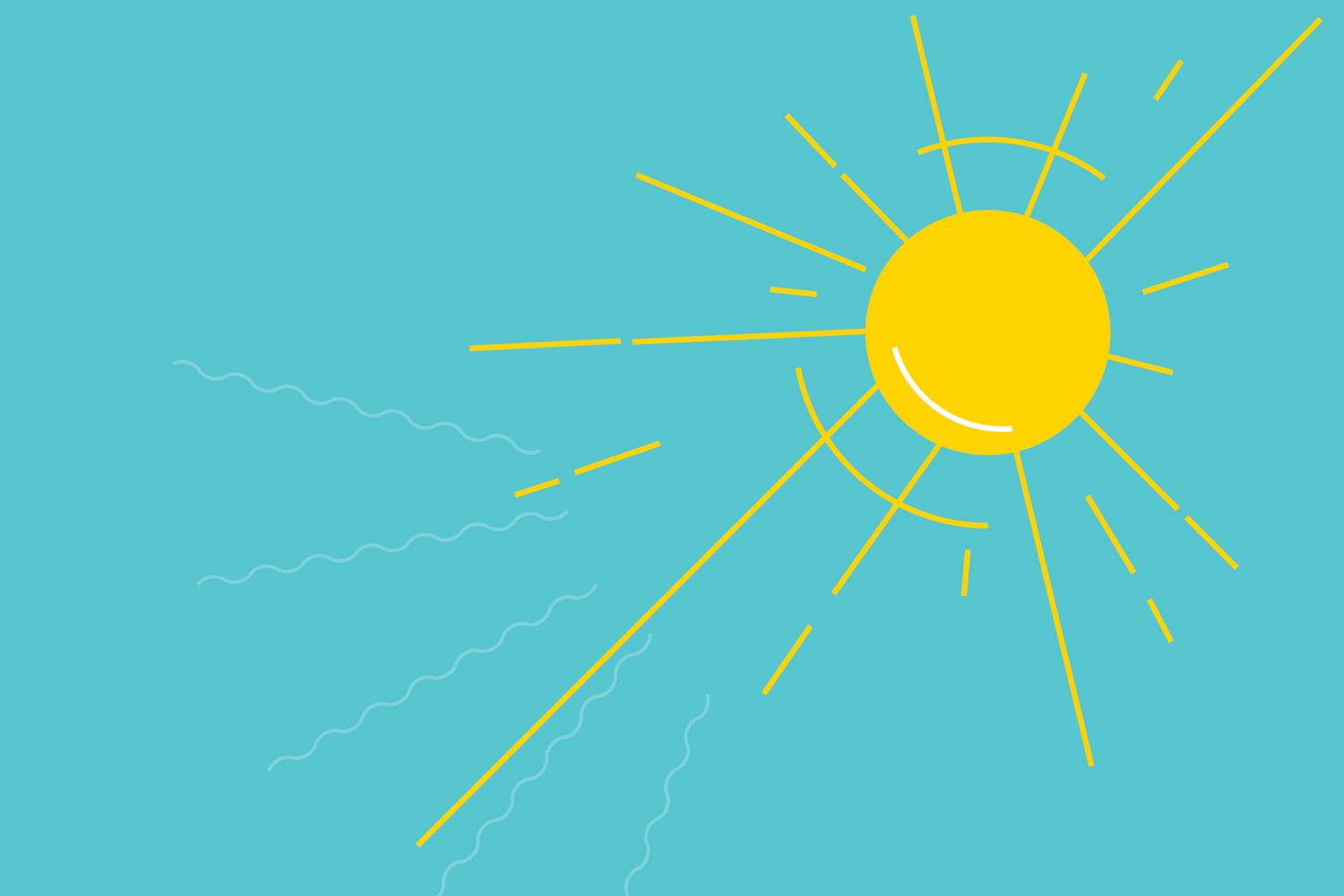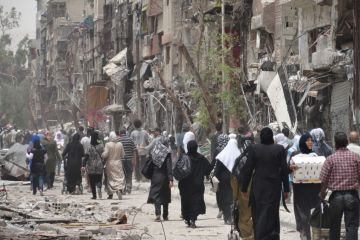
In the summer, you can see the heat. It looks like a wraith
and feels like your double. In 2018, the Indian Meteorological Department (IMD)
predicts, all parts of the country will have an intense summer, with the
prospect of heat waves hitting much earlier and continuing late into the
season.
Summer arrived early, in February, with temperatures
reaching 2C-5C above normal. The maximum and minimum temperatures of the month
were around 3C above normal.
Between March and May, maximum t





